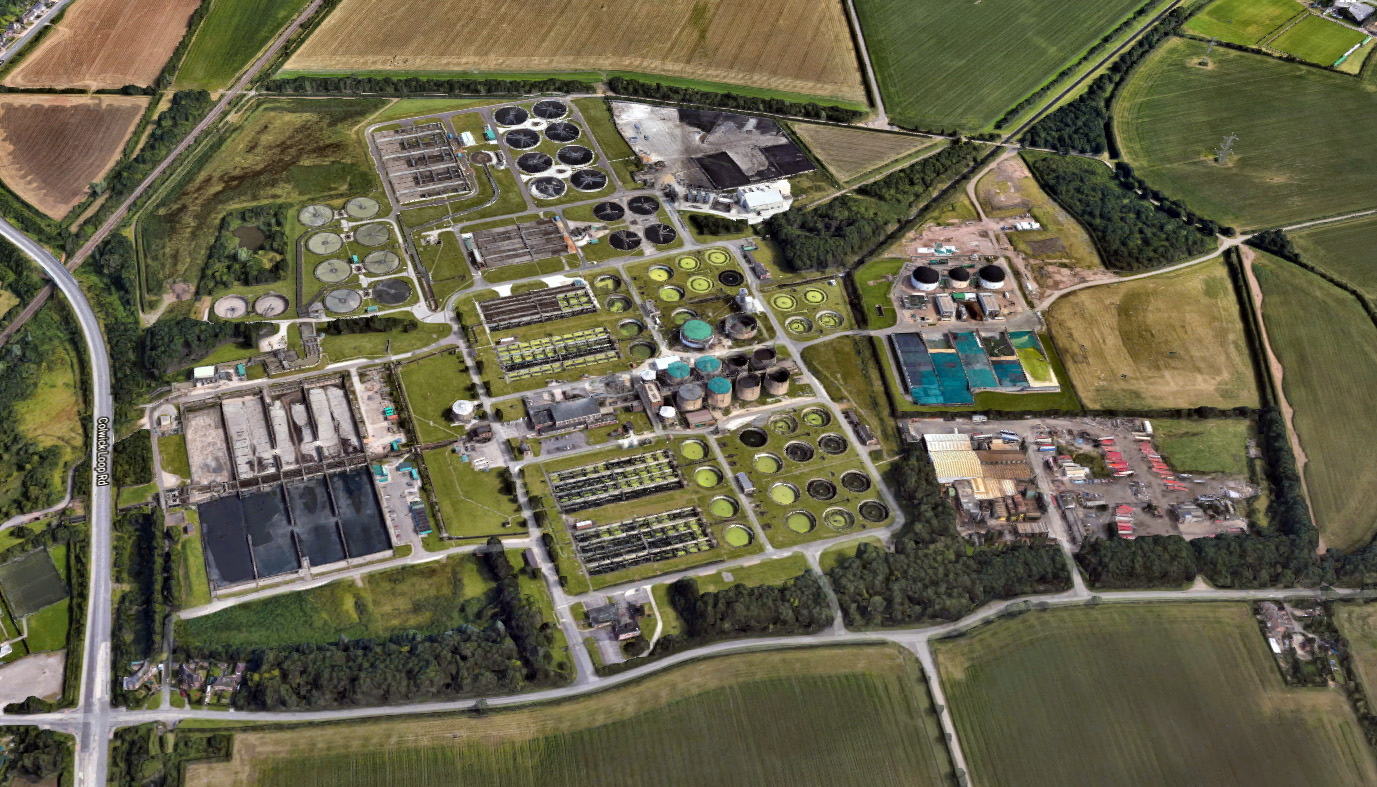Water Treatment and Sewage Disposal
The population in Nottingham increased rapidly in the 19th century. Large numbers of terraced houses and tenement courts were built with shared privies or outdoor closets, the contents of which were removed by ‘night-soil’ men. When water closets were introduced after about 1850, these effectively drained effluents into the river Leen, already contaminated by discharges from tanning works and from local dyeing and bleaching factories. To control the situation, the Leen Valley Sewage Board was established in 1872 and Marriott Ogle Tarbotton was appointed to devise a scheme to dispose of sewage. In 1874 the Nottingham Corporation leased land at Stoke Bardolph for use as a ‘sewage farm’. Open channels were dug from the city and in 1880 raw sewage started to flow, to be spread on the land at Stoke Bardolph. The liquid percolated through the soil and gravel into pre-dug drains, finding its way into the river Trent. Solid matter that remained on the surface was left to dry and later ploughed-in, creating fertile land on which a wide variety of crops were grown.
Workers’ cottages were built at the sewage farm in the 1880s, together with stabling for the horses working on the farm. Cowsheds, a dairy, pigsties, cart sheds, granaries and hay lofts were added, and a school was built in the village. By 1900, so much land was being flooded with sewage that it was decided to extend the farm. Additional land was leased, and a new ‘model’ farm was built at Bulcote, together with additional cottages.
It was recorded in 1910 the estate was home to 777 cattle, 724 sheep and 649 pigs, 141 horses and 100 men. Steam tractors and ploughing engines were in use and crops were grown for animal feed, with additional amounts brought in by river and train. The large labour force, together with their families, formed close-knit communities, very much involved in social functions such as dances and major events like Harvest Home.
As the years passed, the growth of Nottingham increased the volume of sewage arriving at the site, necessitating improvements in sewage processing. In the 1930s screens were installed to remove solids, with pumping facilities distributing the sludge to prepared lagoons through buried pipes. Sludge digesters were incorporated by 1960 and the resulting sludge gas was used to generate electricity. In 1974 responsibility for sewage disposal was transferred from local authorities to the newly formed Severn Trent Water Authority.
Major changes were introduced and in 1983 the lagoon system was replaced by the injection of the sludge directly into the ground, thus releasing more land for growing crops. The legacy of more than a hundred years of depositing sewage and effluents on the land meant that the ground was contaminated and rendered unsuitable for growing crops intended for human consumption. Wheat was sent to be converted into biofuel, and rapeseed was sent to be made into plastic bags. The maize grown could be processed for fodder for the dairy herd as the milk was not affected by any contamination. In 2012 the dairy herd was sold, and all the land has since been devoted to energy crops such as maize, rye and energy beet. The processed crops are fed into a digester which generates methane gas. This, together with the gas from the sludge digester, is either burnt to produce electricity or fed into the gas-grid. Together with the electricity produced from the wind turbine built in 2015, more than enough energy is generated to run the entire plant, the excess being fed into the electricity grid.
Nowadays, few workers are directly employed on the farms as work is carried out by contractors. The sewage works is an impressive modern plant, the farm buildings are reminders of a bygone age.

